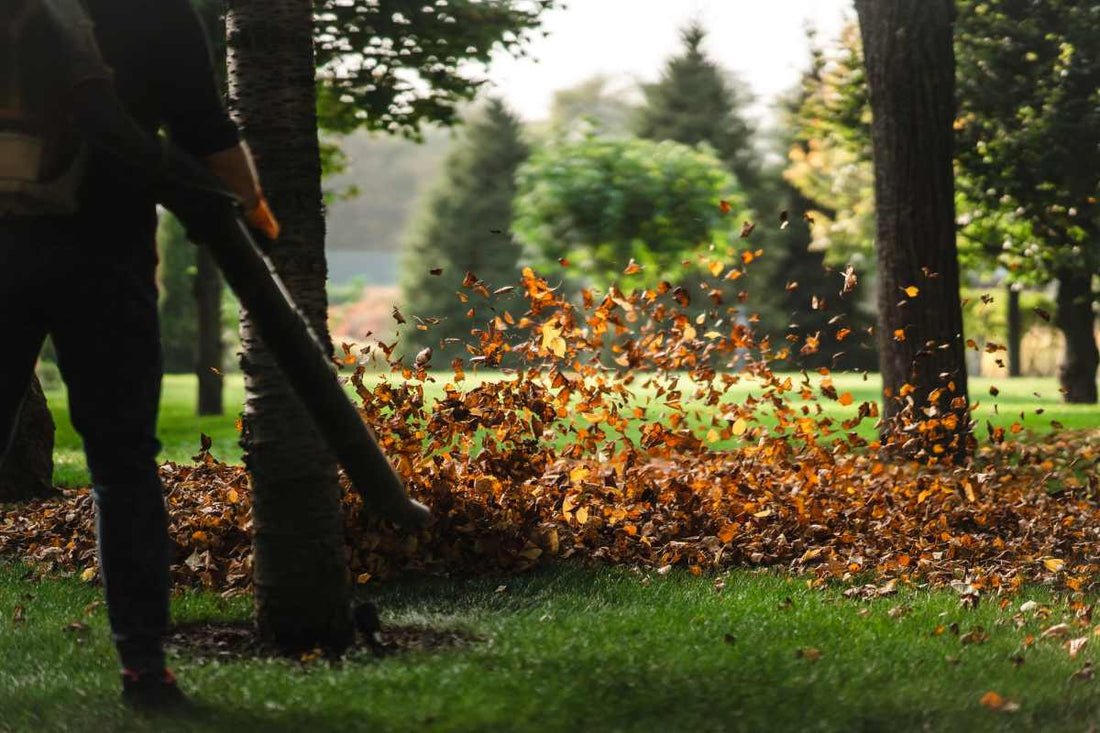
What Happens to Your Lawn in the Fall?
Jamie TedderFall in Florida brings a unique set of conditions that affect your lawn differently than other regions. With its temperate climate and minimal seasonal changes, Florida lawns face opportunities and challenges during this transitional period. Understanding what happens to your lawn in the fall can help you manage its health and prepare it for the season.
Key Takeaways
- Florida’s temperate fall, with average temperatures around 75-80 degrees and ample rainfall, creates ideal conditions for warm-season grasses like Bermuda, Zoysia, and St. Augustine to continue growing, though at a slower rate. Lawn care should focus on maintenance rather than complete dormancy.
- Fall is a prime time to address issues like fungal diseases, weed growth, and thatch buildup. As growth slows, these problems are more likely to occur, so proactive care like aeration, dethatching, and disease prevention is essential to keeping your lawn healthy.
- Fall lawn care lays the groundwork for a healthy, green spring. Strengthen your lawn and improve soil health by fertilizing and addressing any damage from summer stress. Bethel Farms offers high-quality grass sod for sale to restore and rejuvenate your lawn, ensuring it thrives through winter and beyond.
Does Grass Grow in the Fall?
While cooler than the peak summer months, Florida’s fall season is still marked by relatively warm temperatures and a fair amount of rainfall. Early in the season, often in September in many areas of the state, the weather usually averages 75-80 degrees, with roughly 9.5 inches of rainfall expected throughout the month—slightly more than usual. These milder conditions create a conducive environment for continuous growth, particularly for warm-season grasses like Bermuda, Zoysia, and St. Augustine, which thrive in heat and humidity. Fall in Florida allows for manageable maintenance rather than a complete pause in lawn care.

How Does Grass Change in the Fall?
Warm-season grasses tend to grow most actively when temperatures consistently average 90 degrees. They transition from an active growth phase to a more dormant state when daytime temperatures fall below this range. Although complete dormancy is less likely in Florida due to the relatively warm conditions, you may observe slower growth, particularly as the nights get colder.
Florida lawns don’t usually go fully dormant unless nighttime temperatures drop significantly, which rarely happens in the southern parts of the state. However, in northern Florida, cooler nights in late fall may cause some grasses to brown slightly as they start to conserve energy for the winter.
Common Fall Lawn Problems
The transition to fall can bring specific challenges to your lawn, such as fungal diseases, weed growth, and thatch buildup.
The Importance of Fall Lawn Care
Proper fall maintenance sets the foundation for a healthy lawn in the spring by ensuring your grass enters winter in optimal condition and remains resilient throughout the season. Fall is a critical time for strengthening your lawn’s root system, improving soil health, and addressing any lingering issues from summer stress or heavy foot traffic. Aeration, fertilization, and dethatching help loosen compacted soil and deliver essential nutrients to the roots, allowing the grass to recover from the prolonged hot and dry conditions while preparing for winter.
By taking the proper preparations, your lawn becomes better equipped to endure the winter months, even if growth slows or temporarily halts. Proper care also aids in weed control and disease prevention, minimizing issues during the winter and allowing your lawn to emerge healthier and greener in spring. Ultimately, fall lawn care ensures your yard is not only prepared for the cold but ready to thrive when warmer weather returns. For a more detailed guide, check out our article on Fall Lawn Care Tips for a Lush Green Lawn in Spring.

Final Thoughts
Fall lawn maintenance is crucial for its long-term health. Proper care ensures that your grass builds up enough energy reserves to withstand the cooler months and bounce back stronger in the spring. Solutions like sod grass for sale from Bethel Farms can help restore your damaged lawn by introducing fresh, more resilient growth.
Looking to refresh your lawn with premium-quality sod? Visit our website to explore our wide range of warm-season grasses for sale.

